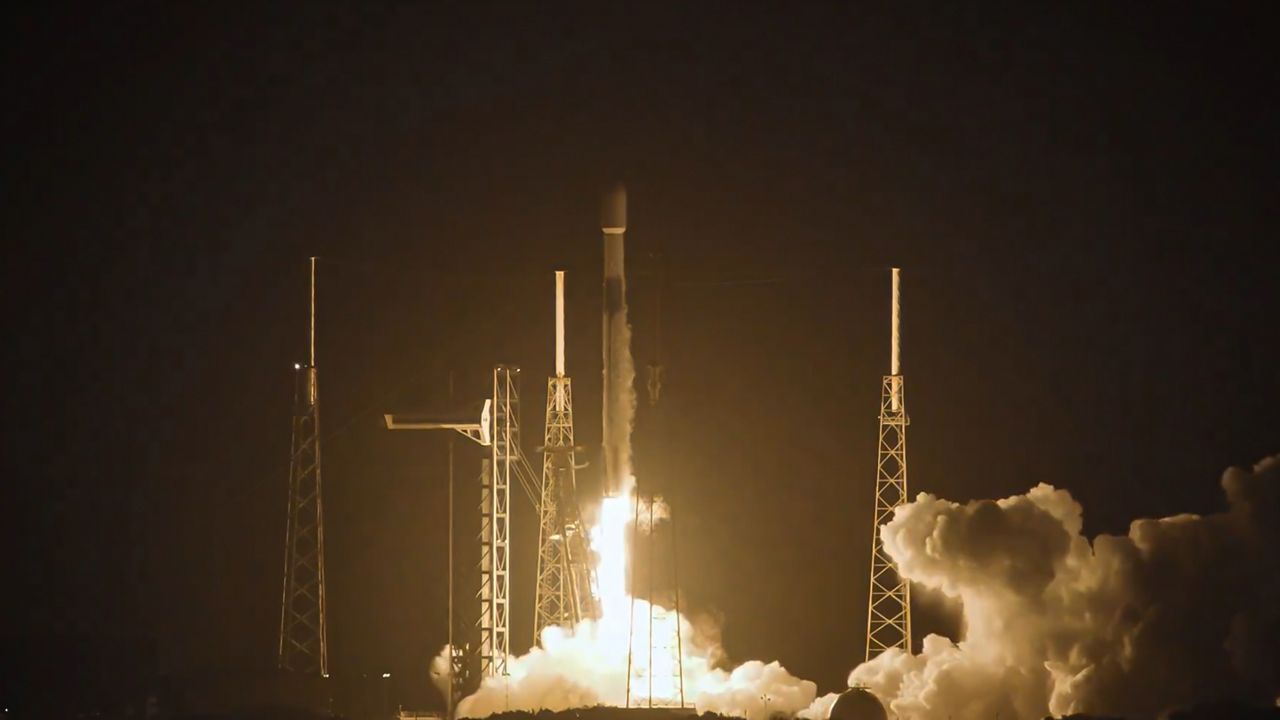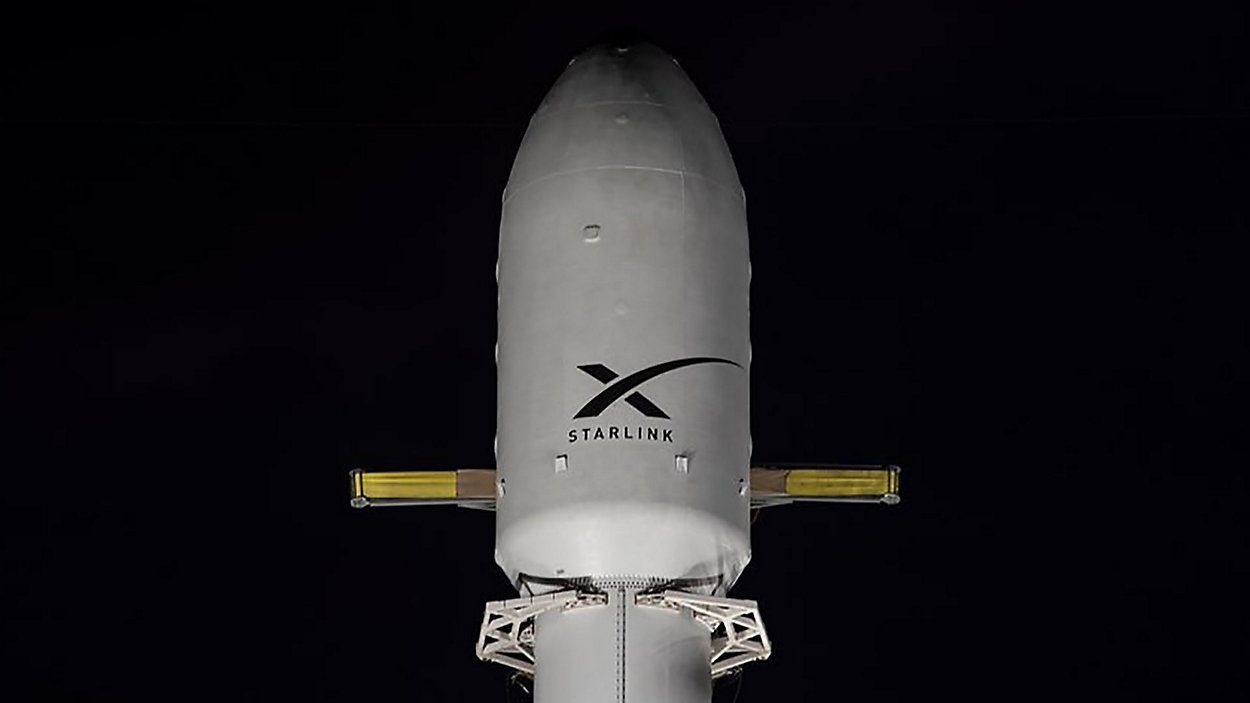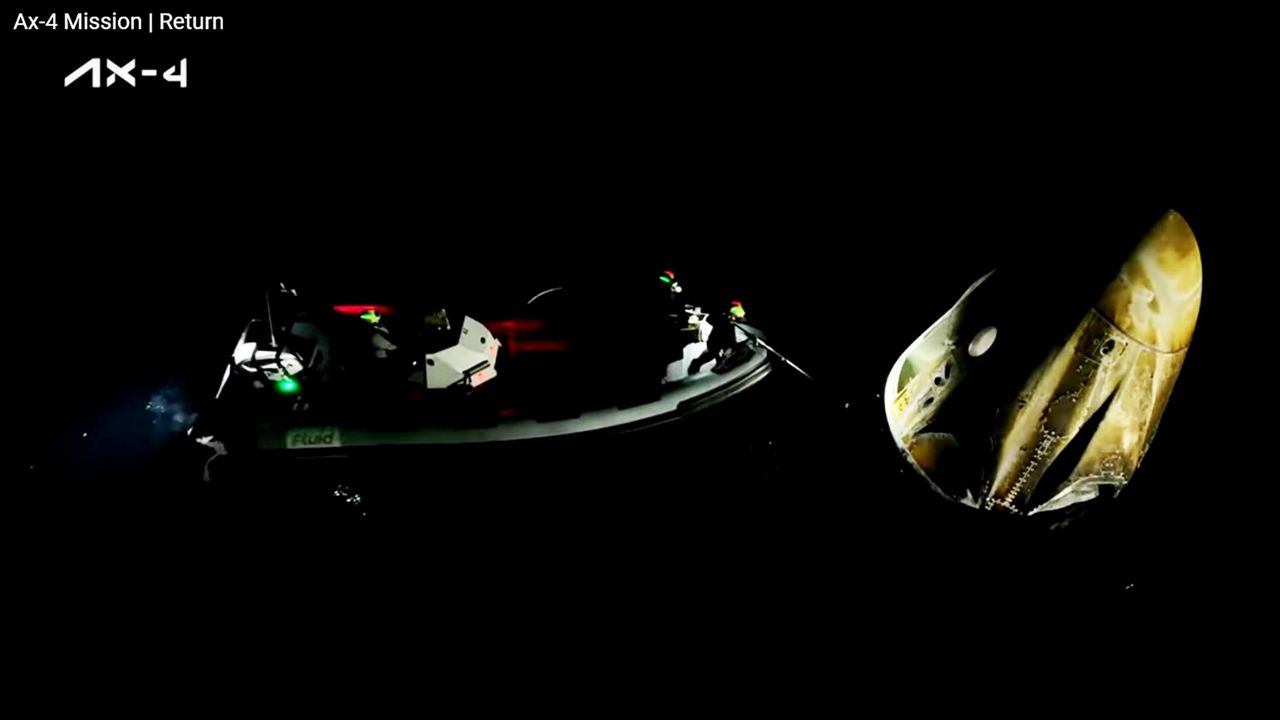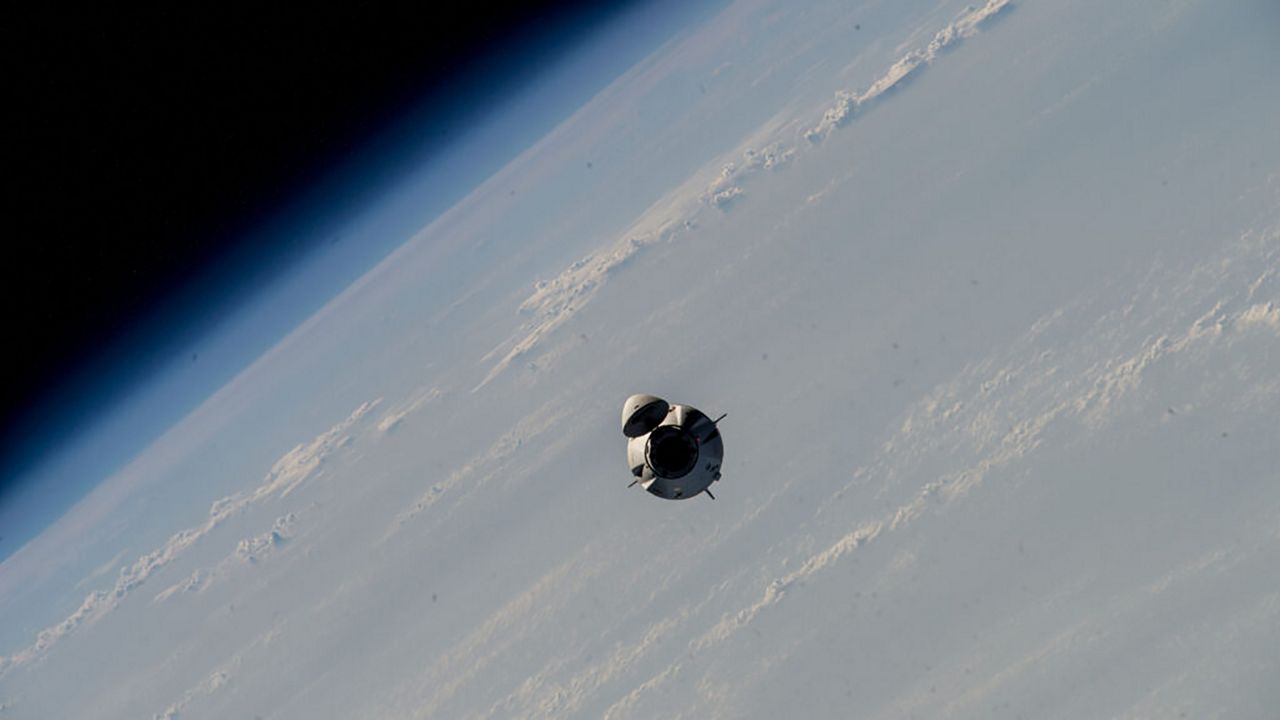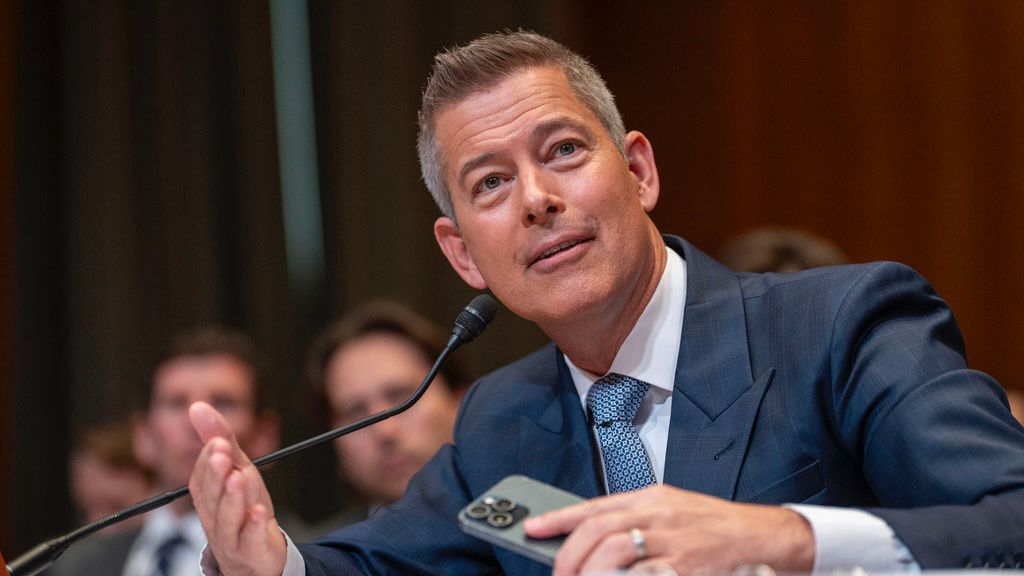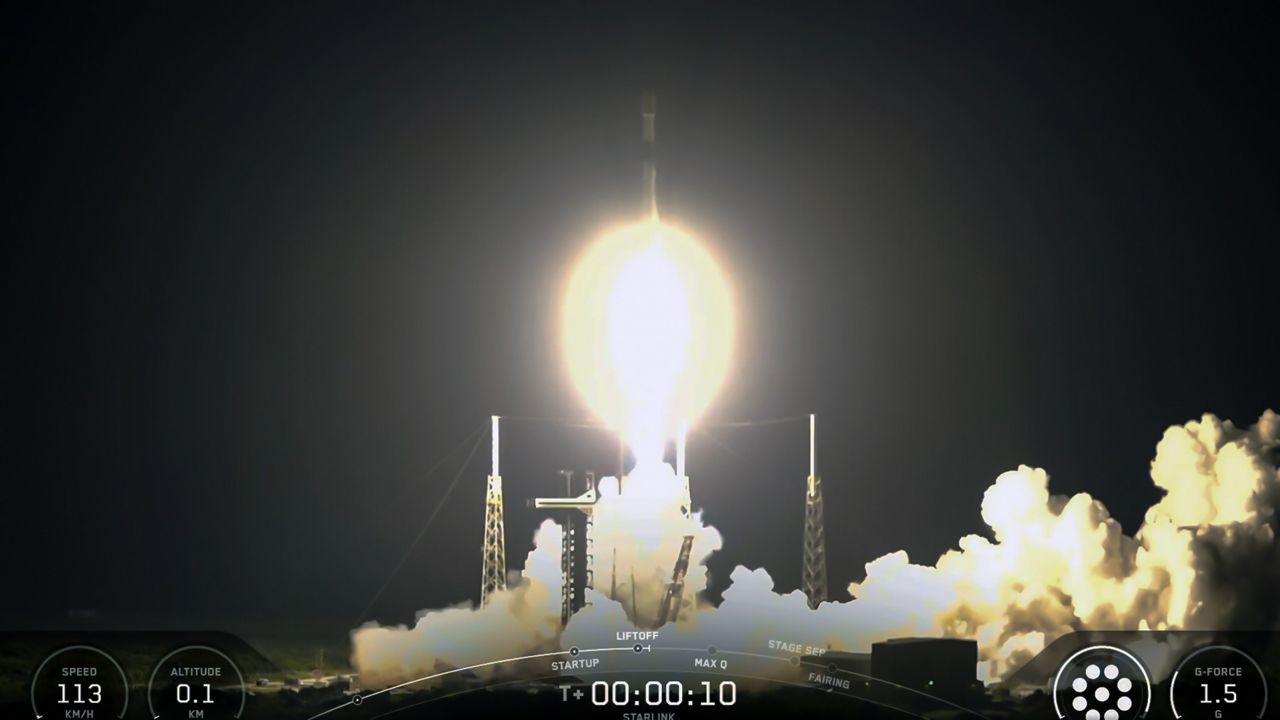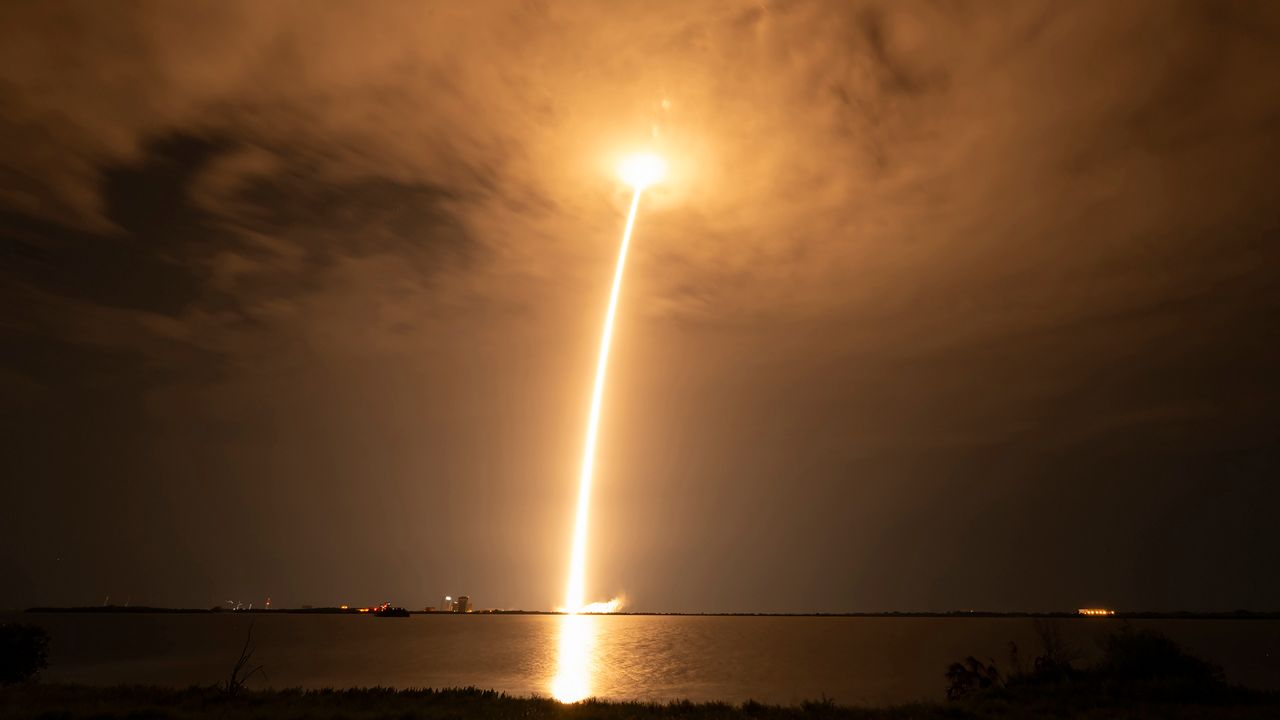CAPE CANAVERAL SPACE FORCE STATION — Even though the weather was uncertain, SpaceX was able to launch nearly 30 Starlink satellites early Saturday morning.
What You Need To Know
- The Falcon 9 rocket took off from Space Launch Complex 40 at Cape Canaveral Space Force Station
SpaceX stated that it sent up its Falcon 9 rocket from Space Launch Complex 40 at Cape Canaveral Space Force Station at 12:26 a.m. ET.
The launch window opened at 12:26 a.m. ET and it was set to close at 4:26 a.m. ET, which meant SpaceX had during that four-hour timeframe to launch the Starlink 10-34 mission.
The forecast was iffy, with the 45th Weather Squadron giving a “40→10%” against the launch, citing cumulus cloud, surface electric fields and anvil cloud rules.
Find out more about the weather criteria for a Falcon 9 launch.
If there was a scrub, the next launch attempt would have been Sunday starting at 12:04 a.m. ET.
Going up
This is the fifth mission for the Falcon 9's first-stage rocket booster B1092.
After the stage separation, the first-stage rocket landed on the droneship A Shortfall of Gravitas that was in the Atlantic Ocean.
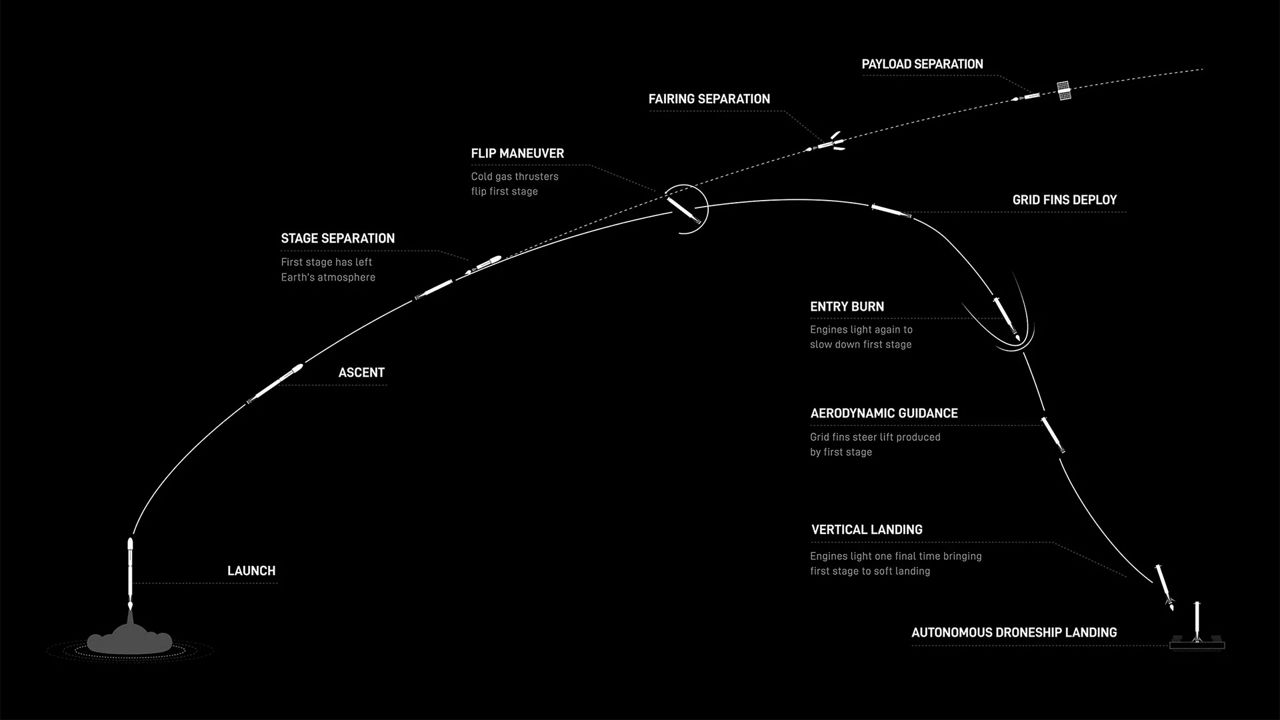
About the mission
The 27 satellites from the Starlink company, owned by SpaceX, will be heading to low-Earth orbit to join the thousands already there.
Once deployed and in their orbit, they will provide internet service to many parts of Earth.
Dr. Jonathan McDowell, of Harvard-Smithsonian Center for Astrophysics, has been recording Starlink satellites.
Before this launch, McDowell recorded the following:
- 7,875 are in orbit
- 6,957 are in operational orbit





